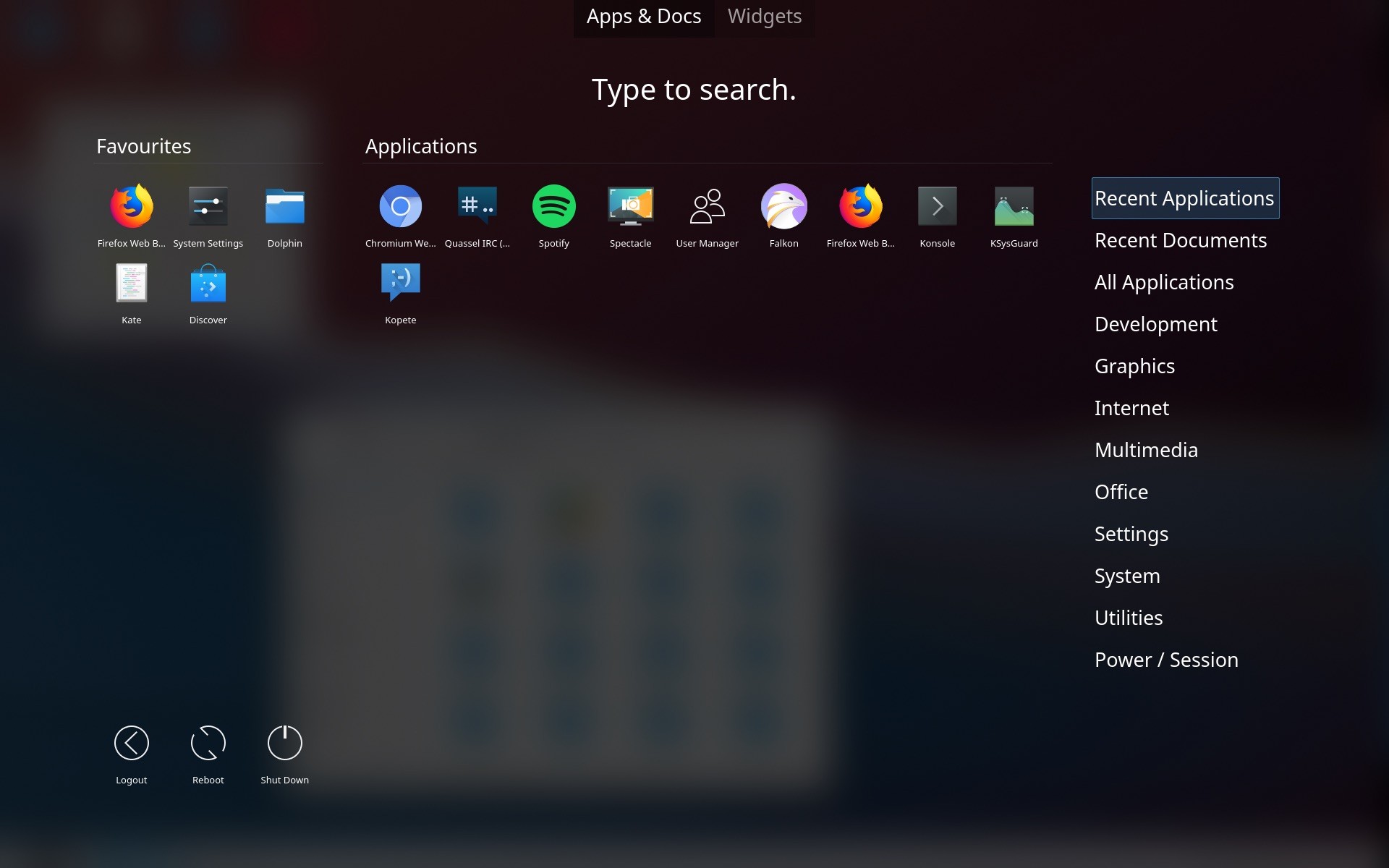The iOS Simulator is available along-with Xcode (developer tool to develop apps for various Apple hardware devices). You can build and run an app in iOS simulator only if you have access to the source code for the app (generally personal or open-source projects). The next iOS emulator on the list is iPhone Simulator. This software allows users to use and interact with iOS apps and games. The UI of this simulator is identical to that of original iOS, but the UX is different. Consequently, its a simulator and not an emulator. You can use this iOS simulator for playing iOS games on Windows PC. To run the simulator, you need to open Mac and connect remotely with Windows PC. Both iPhone and Android apps can be developed by using this emulator. It allows developers to test and debug iOS apps in Visual Studio. Pros: Remoted iOS Simulator for Windows runs in Visual Studio, which is available and easy to install. Hey everyone, I recently got a macbook air and I'm really enjoying it. It's a really good computer and I would recommend it to anyone who is in the market fo.
I recently received a new MacBook Pro and started configuring debugging tools I had debugged ages ago on my personal machine. In doing so, I completely forgot that the iOS Simulator provided by XCode isn't added directly to the Applications directory; instead, you have to dig into the following directory to get to it:
Air Iphone

Since I don't like hassles, and you probably don't either, I quickly created a symbolic link for the Applications directory to alleviate the pain:
Open Iphone Simulator Mac Version
And with that bit of help, I can easily get to my iOS emulator, and then open iWebInspector and other mobile debugging tools. Sweet!